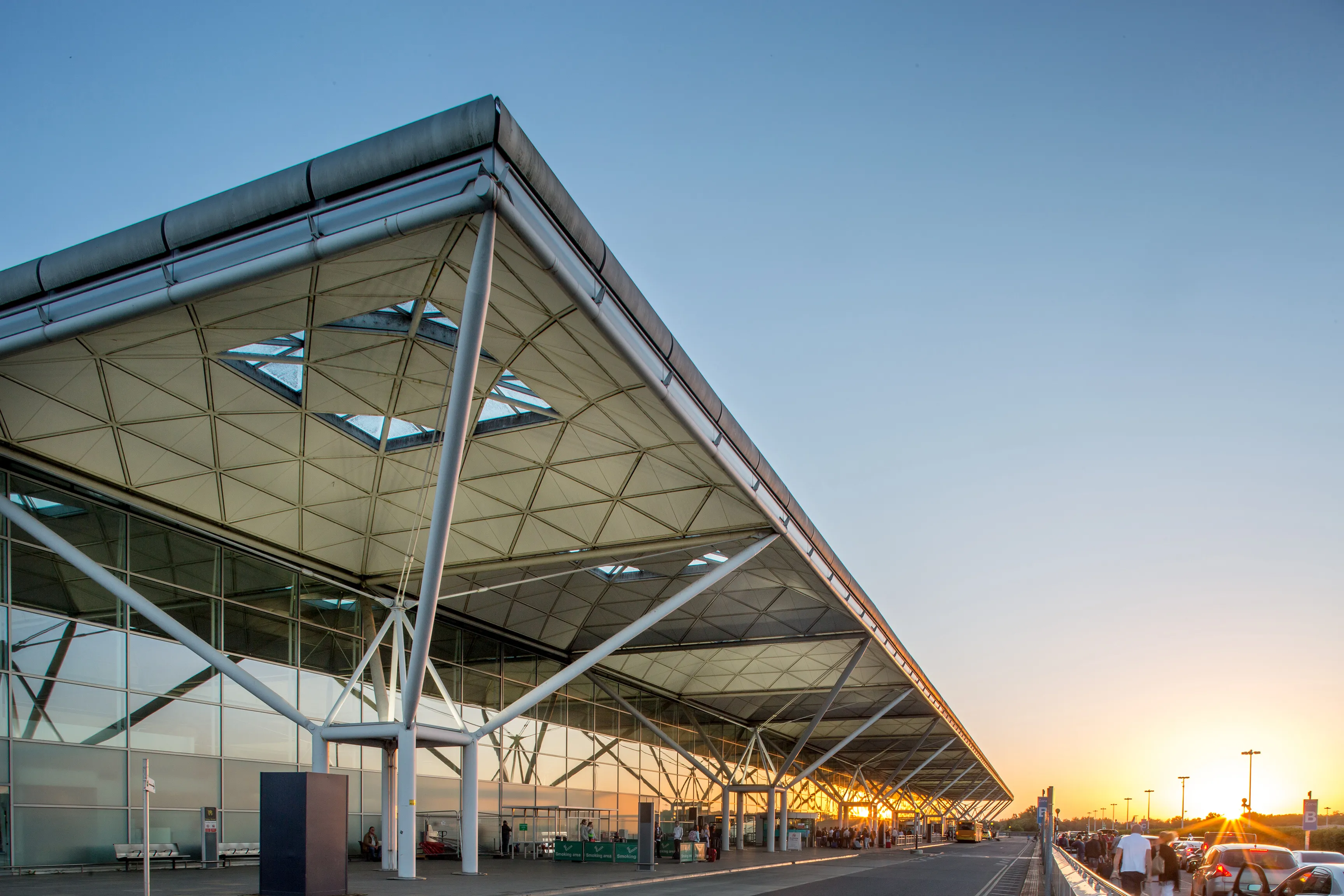Crown International says its second generation of cantilever pole is producing significant savings in the cost of managing and maintaining with large motorway signs.
The rotating and lowering, counter-balanced cantilevered pole (designated VMC) was developed for applications ranging from large matrix signs and CCTV to tolling, surveillance and automatic number plate recognition (ANPR) cameras. Rather than requiring maintenance engineers to work at height above the carriageway, the pole can be manually ro
September 25, 2014
Read time: 2 mins

The rotating and lowering, counter-balanced cantilevered pole (designated VMC) was developed for applications ranging from large matrix signs and CCTV to tolling, surveillance and automatic number plate recognition (ANPR) cameras. Rather than requiring maintenance engineers to work at height above the carriageway, the pole can be manually rotated away from the carriageway and lowered on to the verge for safe maintenance. This eliminates the need for lengthy road closures or the need to remove equipment entirely to be repaired off site.
The company claims that initial roll-outs on the M4 in Wales and on the M1 in Australia have demonstrated lifetime savings of around US$170,000 per pole for traffic management and maintenance costs and have significantly improved operator safety and environmental impact by eliminating the need for road and lane closures.









